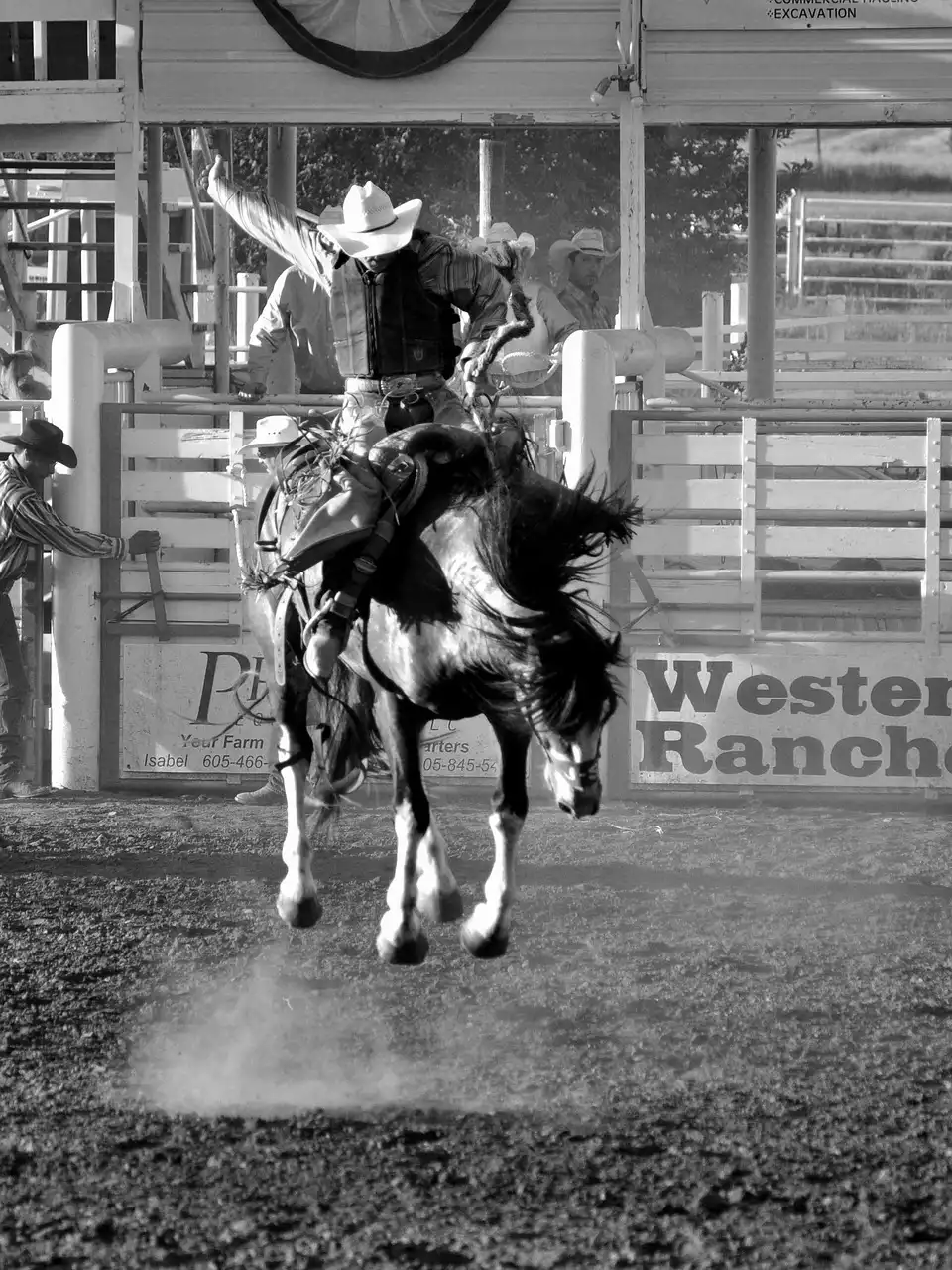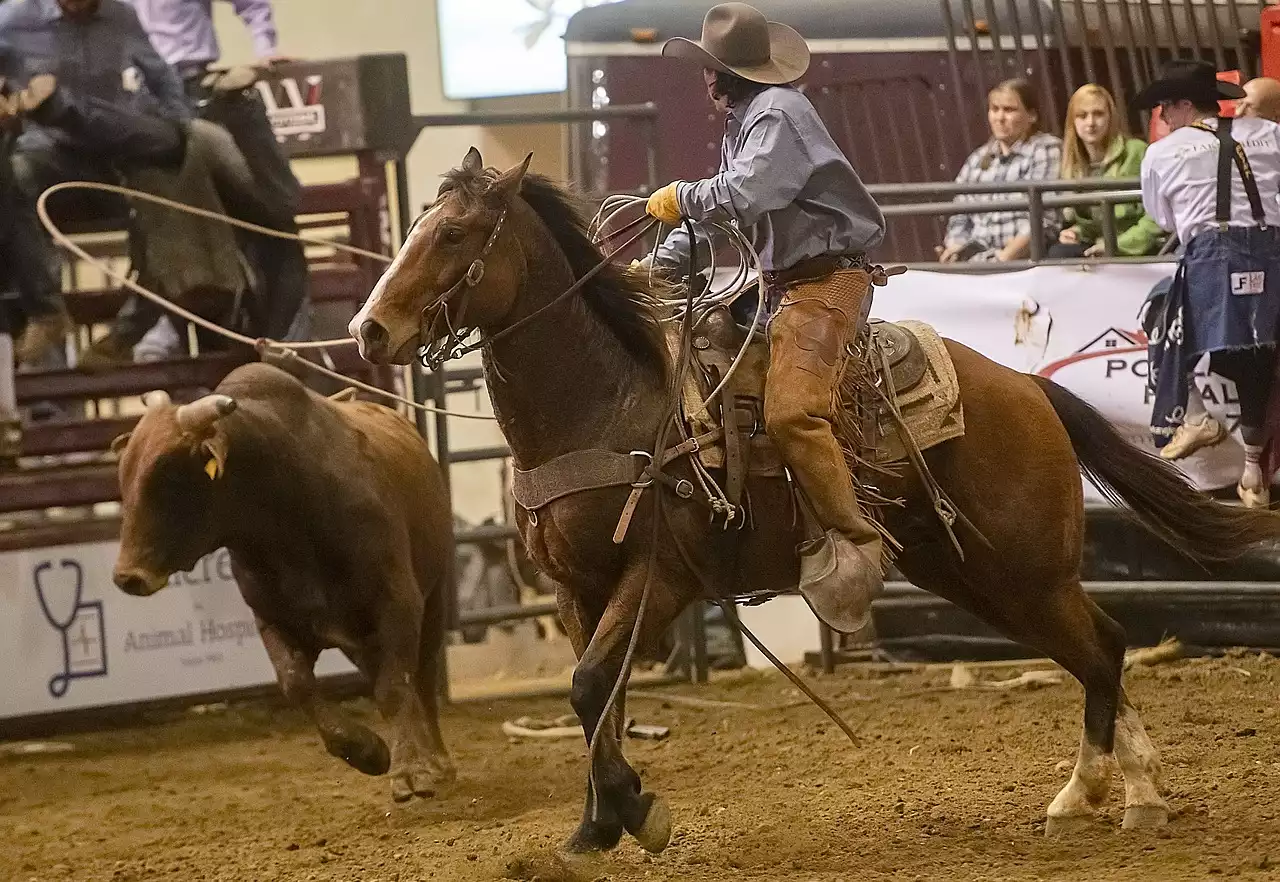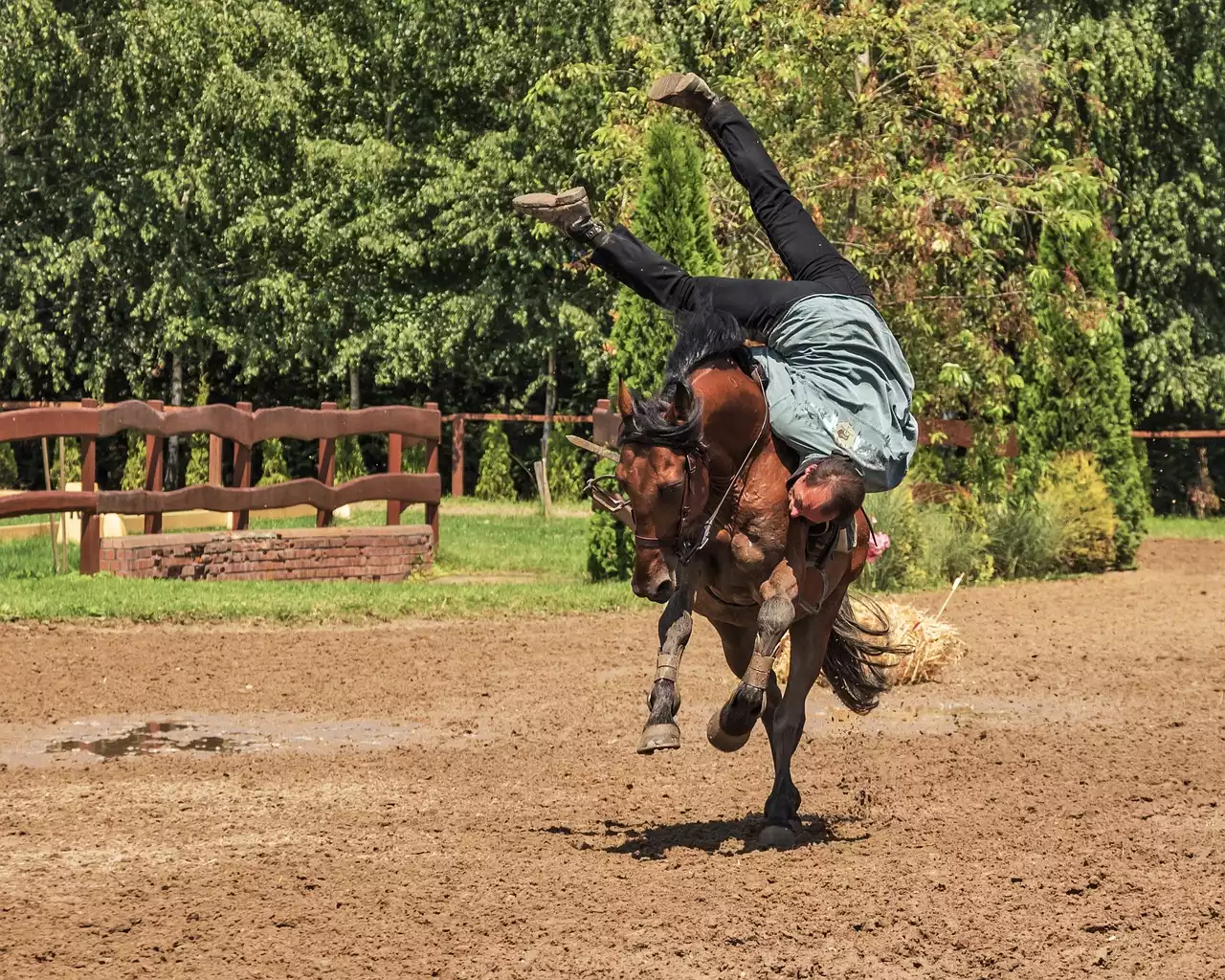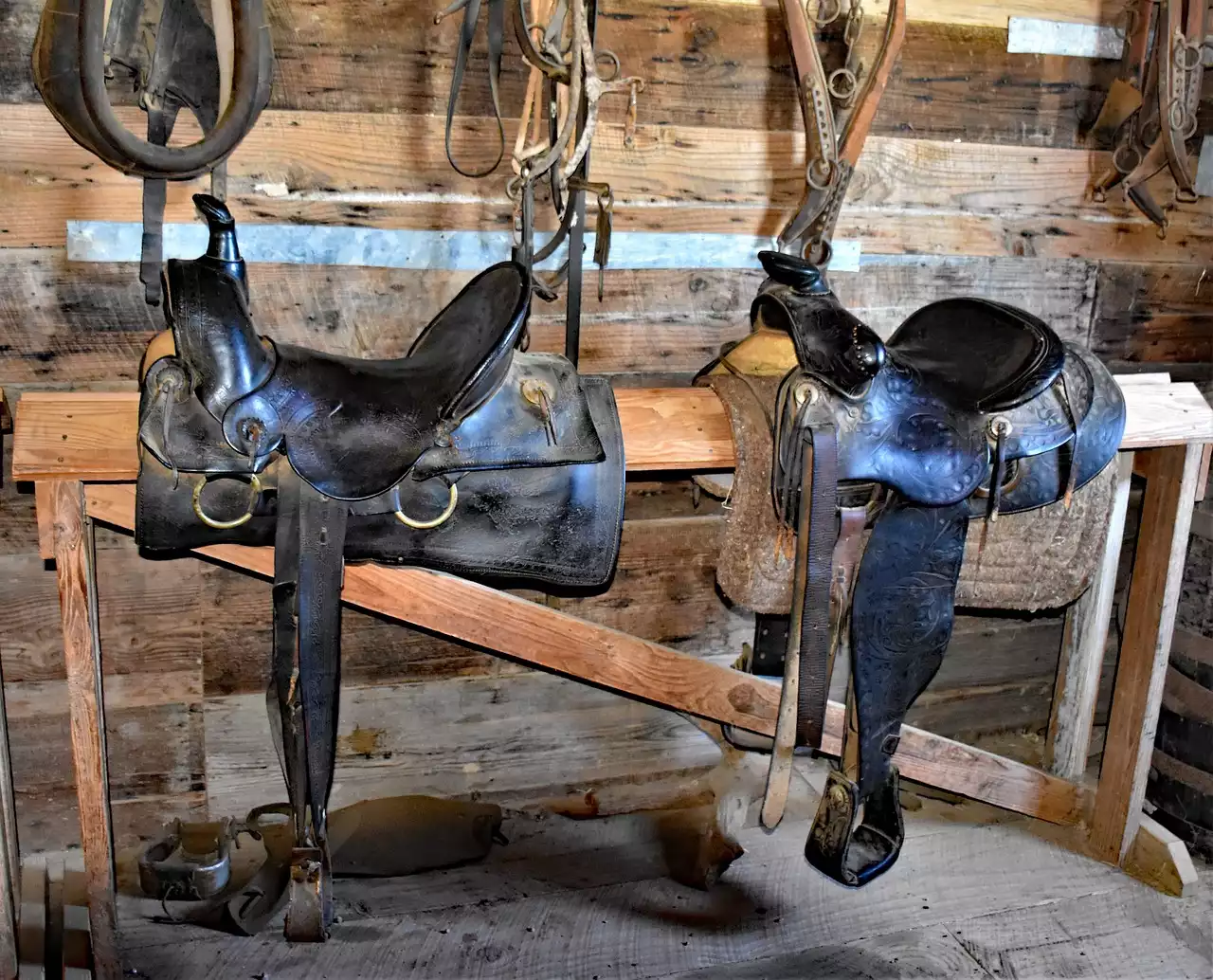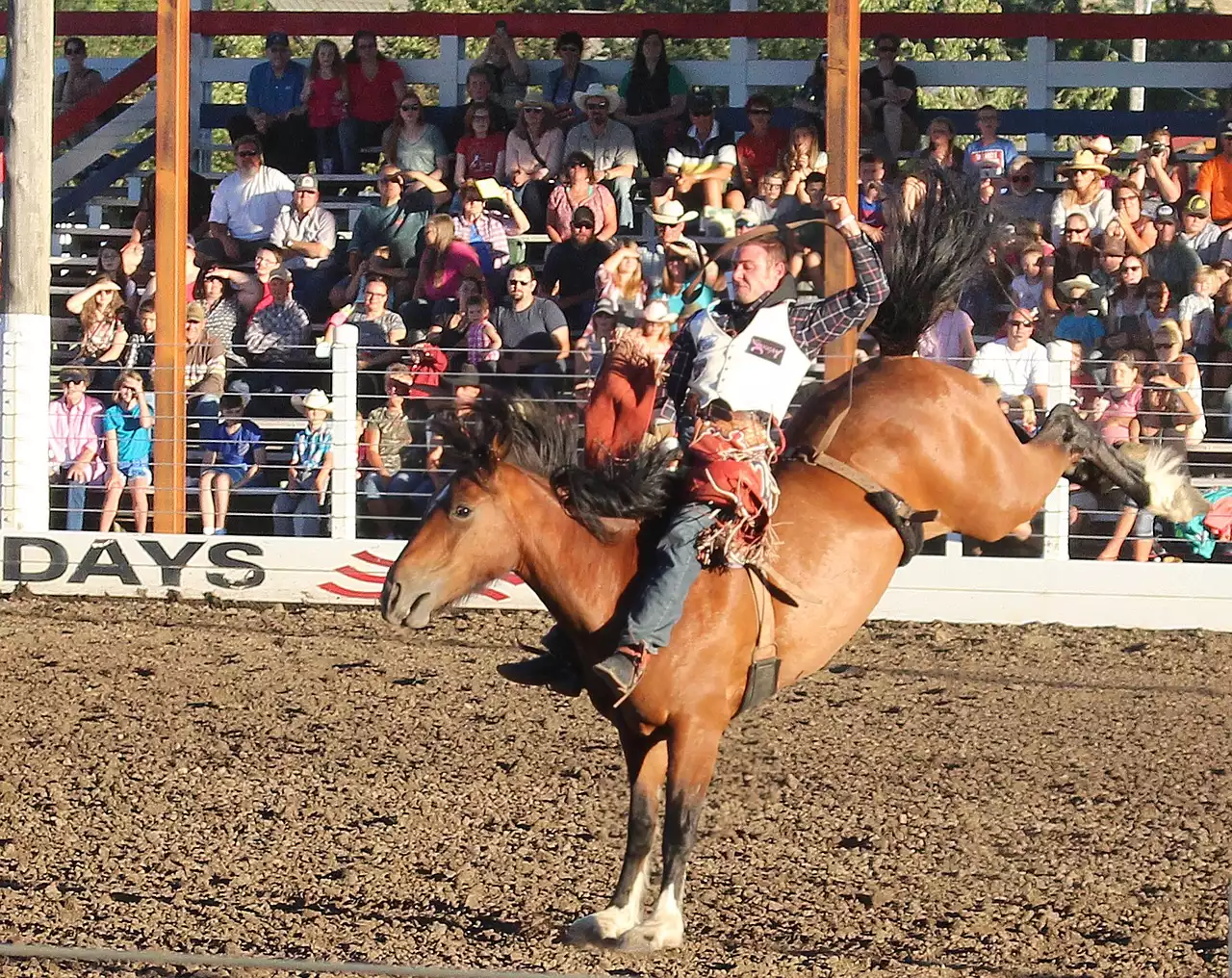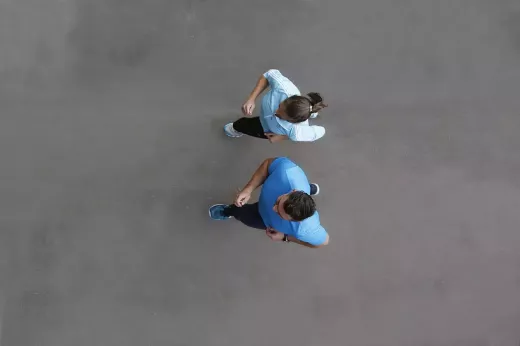The history of rodeo safety regulations
Rodeo has been around for centuries, and over time, safety regulations have been put in place to protect the participants. In the early days of rodeo, safety regulations were practically non-existent. Cowboys would ride broncos and bulls without any protective gear, and injuries were a common occurrence. However, as the sport gained popularity, rodeo associations recognized the need for safety regulations to protect the participants.
In the 1930s, the Rodeo Cowboys Association (RCA) was established, and it became the first organization to standardize the rules and regulations of rodeo events. The RCA focused on improving the safety of rodeo participants by mandating the use of protective gear, such as helmets and vests. Over time, other rodeo associations followed suit, and today, safety regulations are an integral part of every rodeo event.
The safety regulations put in place by rodeo associations have had a significant impact on the sport. Today, rodeo athletes are better protected than ever before, and the sport is safer and more enjoyable for both the participants and the fans.
Advancements in rodeo safety technology
Advancements in technology have played a significant role in advancing athlete safety in rodeo. Rodeo associations have been quick to adopt technology to improve the safety of their athletes. One of the most significant advancements in rodeo safety technology is the use of protective gear, such as helmets and vests.
Helmets are now mandatory in many rodeo events, and they are designed to protect the head and neck of the rider during a fall. The helmets used in rodeo are made of high-impact materials that absorb shock and reduce the risk of head and neck injuries. Similarly, vests are designed to protect the chest and back of the rider during a fall. These vests are made of high-density foam and are designed to absorb shock and reduce the risk of internal injuries.
In addition to protective gear, rodeo associations have also adopted technology to improve the safety of the animals. Electronic timers are now used to measure the time of a ride, reducing the need for cowboys to hold onto an animal for longer than necessary. This has reduced the risk of injury to both the animals and the riders.
The role of rodeo associations in athlete safety
Rodeo associations play a critical role in advancing athlete safety. These associations are responsible for setting the rules and regulations of rodeo events, including safety guidelines. They work closely with riders, veterinarians, and other experts to ensure that safety regulations are up-to-date and effective.
Rodeo associations also invest in research to develop new safety technologies and equipment. They work closely with manufacturers to ensure that the equipment used in rodeo events meets safety standards. Rodeo associations are committed to advancing athlete safety, and they are constantly looking for ways to improve the safety of rodeo participants.
Rodeo injury statistics and prevention measures
Despite the advancements in safety technology and regulations, rodeo injuries are still a concern. According to a study conducted by the Centers for Disease Control and Prevention (CDC), rodeo athletes are at a high risk of injury. The study found that rodeo athletes are more likely to suffer head, neck, and back injuries than athletes in other sports.
To prevent injuries, rodeo associations have implemented a number of preventative measures. These measures include pre-event medical screenings, injury prevention training, and the implementation of safety gear requirements. The use of electronic timers has also been shown to reduce the risk of injury by reducing the time that riders hold onto animals.
Athlete safety training and education
Rodeo associations recognize that athlete safety is not just about equipment and regulations. It's also about education and training. To this end, many rodeo associations have implemented safety training programs for athletes. These programs teach athletes how to properly use safety equipment, how to recognize and respond to injuries, and how to prevent injuries from occurring.
In addition to safety training programs, rodeo associations also work closely with medical professionals to ensure that athletes have access to the best medical care possible. Many rodeo events have medical personnel on-site to respond to injuries, and injured athletes are often transported to nearby hospitals for treatment.
The impact of athlete safety on the sport of rodeo
The advancements in athlete safety have had a significant impact on the sport of rodeo. Rodeo events are now safer and more enjoyable for both the participants and the fans. The use of protective gear and other safety technologies has reduced the risk of injuries, making the sport more accessible to a wider range of athletes.
In addition to the safety benefits, the advancements in athlete safety have also helped to improve the image of the sport. Rodeo is no longer seen as a dangerous and reckless sport, but rather as a sport that takes the safety of its participants seriously.
Success stories of rodeo associations advancing athlete safety
Rodeo associations have made significant strides in advancing athlete safety, and there are many success stories to share. For example, the Professional Bull Riders (PBR) association has implemented a concussion protocol that requires riders who suffer a head injury to be cleared by a medical professional before returning to the competition. Similarly, the Women's Professional Rodeo Association (WPRA) has implemented a rule that requires all contestants to wear helmets during barrel racing events.
These are just a few examples of the many ways that rodeo associations are working to advance athlete safety. These associations are committed to making rodeo a safer and more enjoyable sport for everyone involved.
Challenges and opportunities for further improvements
While the advancements in athlete safety have been significant, there is still room for improvement. Rodeo associations continue to invest in research and development to improve safety equipment and technology. They are also working to develop new safety regulations and guidelines to further reduce the risk of injuries.
One of the biggest challenges facing rodeo associations is the lack of funding for safety initiatives. Many rodeo associations are non-profit organizations that rely on donations and sponsorship to fund their operations. This makes it difficult for these organizations to invest in new safety technologies and equipment.
